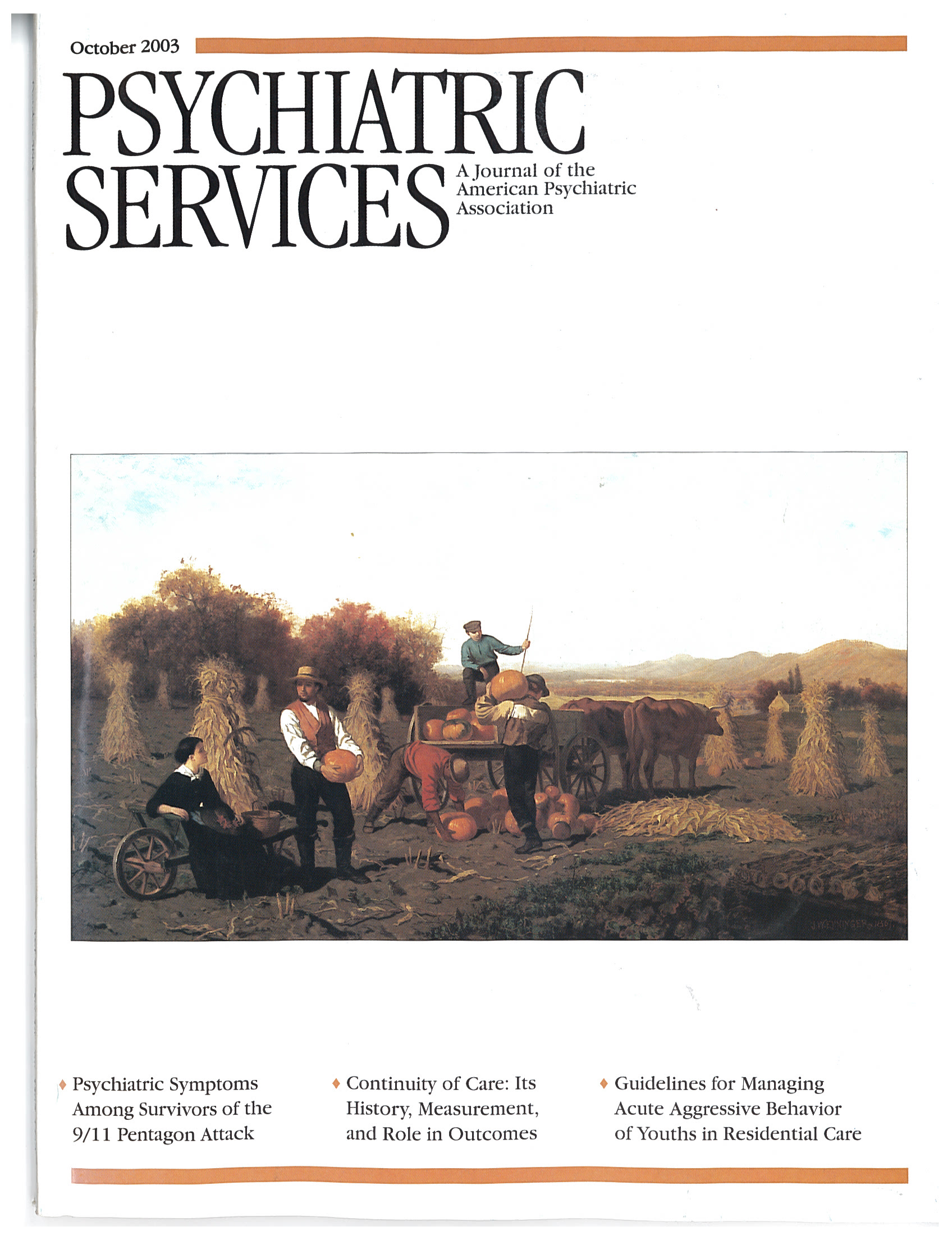The Neuroscience of Psychotherapy: Building and Rebuilding the Human Brain
Numerous studies have shown the efficacy of psychodynamic and biological approaches, alone and together, in the treatment of many psychiatric disorders (1,2,3,4). Recently, a great number of supporters of both biological and dynamic psychiatry, after decades of little tolerance for the beliefs of the other, have started to generate hypotheses and ideas to merge their opinions.
At the forefront of this movement is Louis J. Cozolino, Ph.D., professor of psychology at Pepperdine University. In The Neuroscience of Psychotherapy: Building and Rebuilding the Human Brain, Dr. Cozolino does a spectacular job of linking the most updated knowledge about neuronal circuits and evolutionary brain models with developmental and psychodynamic theories, and he does it in understandable and jargon-free language. He also relates the different components of psychodynamic theories with the concordant pathways in the nervous system in general.
The book consists of 14 chapters organized into five different parts. Each chapter ends with a summary of the main points. The first three chapters in part 1 constitute an excellent overview of the different models and theories related to neuroscience and psychotherapy. In parts 2 and 3, new concepts of memory systems, executive brain function, and the social brain are detailed. Part 4 is a great discussion about the psychology of stress and fear processing in the brain and the impact of trauma. The last part looks at the "psychotherapist as a neuroscientist" who facilitates the "rebuilding" of the brain.
Cozolino argues that psychotherapy, regardless of the technique used—psychoanalysis, cognitive, behavioral, client-centered, or gestalt therapy—affects neural network integration and causes behavioral change. He points to Freud's notion of "scientific psychology" and believes that the unconscious is a part of the memory system. He concurs with psychoanalytic notions that early life events significantly affect the trajectory of each human being, because social interaction stimulates neurotransmitters, neural growth hormone, and brain plasticity.
Through a wide variety of clinical vignettes, Cozolino forges his vision of the neuroscience of psychotherapy. He offers practical guidelines to the mental health professional and urges us to look at the "whole picture" and the "neurobiology of psychoanalysis" in bringing more effective therapy to the patient.
Although the relation of the memory system and the topographic structure of the mind is a growing view in the modern era, its support needs more evidence-based research to become a standard of practice. The same is true with the other components of mind Cozolino explicates, such as the id and the superego. In his thinking, the distinct drives in psychoanalytic theory are not well fitted with the neurological model. He has focused on the main ingredients of all psychotherapy and explains their impact on rebuilding of the brain. If current discoveries in the nervous system support or reject the differences among dynamic theories, Cozolino's view will not have explained them.
Despite these limitations, I strongly recommend The Neuroscience of Psychotherapy to those who are interested in mind-body isomorphism, and I believe that all mental health professionals and students who practice modern psychotherapy will gain a great deal by reading it.
Dr. Gelyana is a psychiatry resident and Dr. Garfield is professor of psychiatry and director of psychotherapy in the department of psychiatry at Finch University of Health Sciences/The Chicago Medical School.
1. Burnand Y, Andreoli A, Kolatte E, et al: Psychodynamic psychotherapy and clomipramine in the treatment of major depression. Psychiatric Services 53:585–590, 2002Link, Google Scholar
2. Elkin I, Shea T, Watkins J, et al: National Institute of Mental Health Treatment of Depression Collaborative Research Program: general effectiveness of treatments. Archives of General Psychiatry 46:971–982, 1989Crossref, Medline, Google Scholar
3. Klosko JS, Barlow DH, Tassinari R, et al: Comparison of alprazolam and behavioral therapy in the treatment of panic disorder. Journal of Consulting and Clinical Psychology 58:77–84, 1990Crossref, Medline, Google Scholar
4. Krupnik JL, Pincus HA: The cost-effectiveness of psychotherapy: a plan for research. American Journal of Psychiatry 149:1295–1305, 1992Link, Google Scholar



